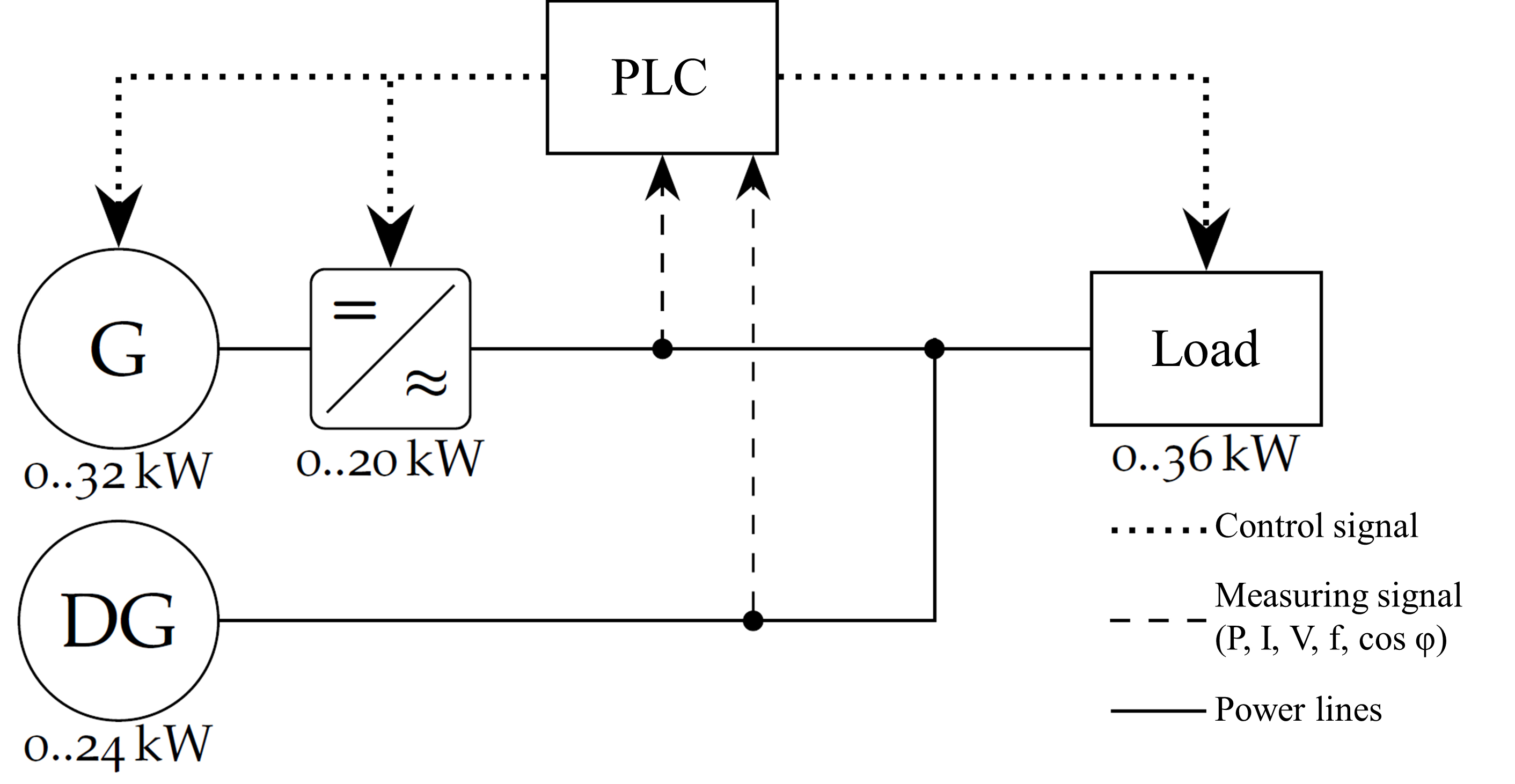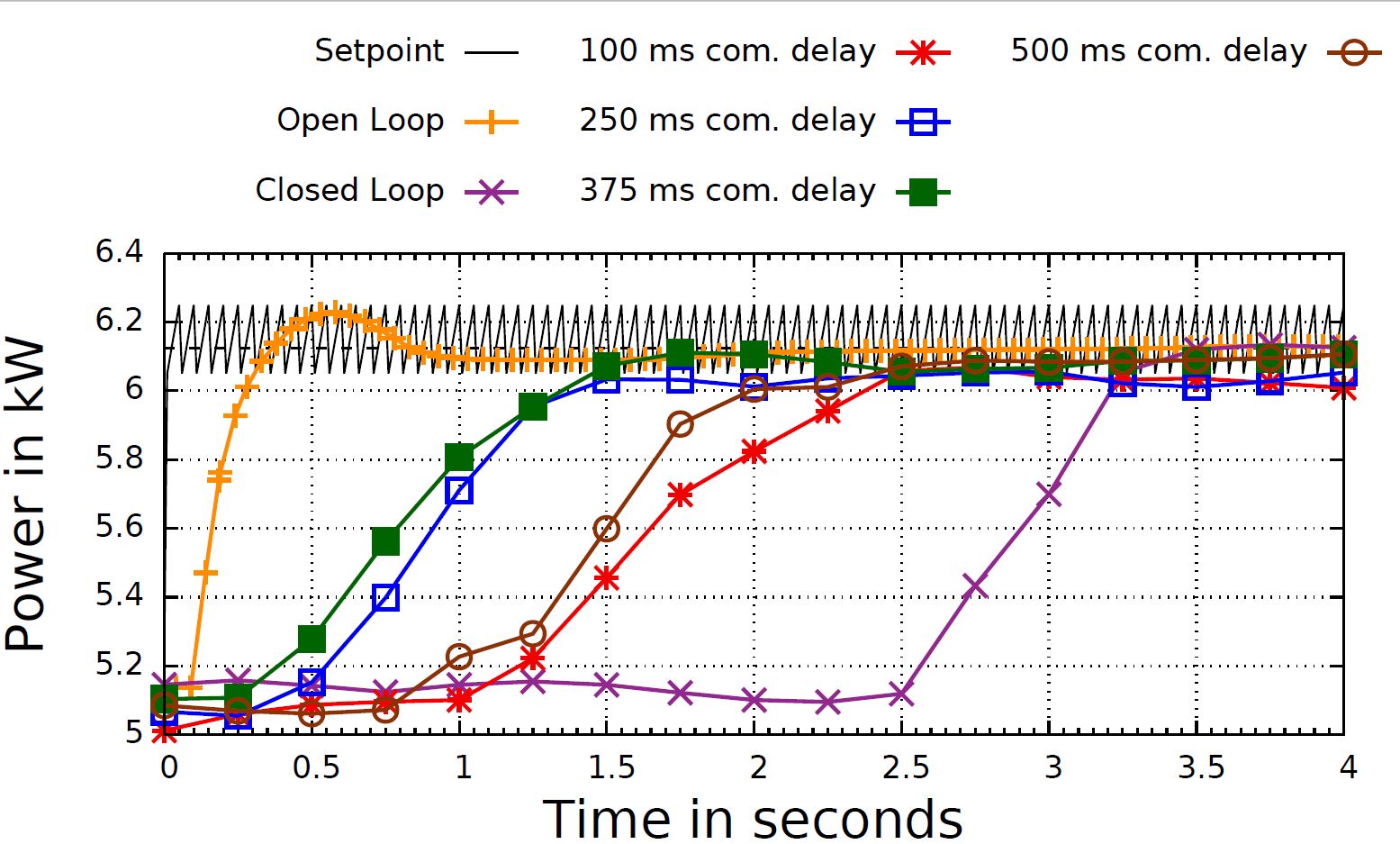| Duration: | 1.10.2014 - 30.09.2019 |
| Contracting Authority/ Sponsors: | German Federal Ministry of Economic Affairs and Energy (BMWi) in Leikoba project |
| Project Partners: | Steca, Kempten University of Applied Sciences |
| Project Focus: |
Fuelsaver – Test Stand for Development and Testing of Fuel Saver Devices and Strategies in PV-Diesel Grids
Many villages, cities, islands, and industrial operations in regions worldwide without grid connection are supplied with electricity from diesel generators. The dropping PV price and the constantly increasing price of diesel fuel make the PV integration into diesel grids economically highly interesting. However, the drop in diesel price in the last two years triggered a stagnation. Due to engine-related boundary conditions, the diesel generator load must not drop below 30 to 50 %. In order to achieve a high PV portion in systems without battery, so-called “fuel savers” are used that reduce the PV inverter output in the case of low loads or high solar irradiation.
A test stand was set up at the institute to develop, optimize, and test fuel saver devices and their control strategies. It consists of a PV inverter, a high-performance DC generator that emulates the PV array, a diesel generator and a load that reproduces the consumer. The high-performance DC generator and the load are controlled via PC based on specified PV and load profiles. The output of the DC inverters is controlled by the fuel saver, here a freely programmable PLC, depending on the diesel generator feed.
A fast fuel saver algorithm was developed that enables the adjustment of the active power output of the inverter to the minimum load threshold of the diesel generator and thus prevents a low-load operation of the diesel generator. Using these algorithms, the PV portion in PV diesel systems can be increased to a medium cover ratio. Thus, fuel consumption, carbon dioxide emission, as well as energy production costs can be minimized in PV diesel systems. Furthermore, while testing the control algorithms, it was detected that fast communication and response of the control elements are essential for fuel savings.
Thus, a test environment was created, using which further control algorithms and scenarios can be developed and tested. Furthermore, fuel savers, inverters, and diesel generators can be tested on this test stand with respect to their suitability and optimization in PV diesel systems.

